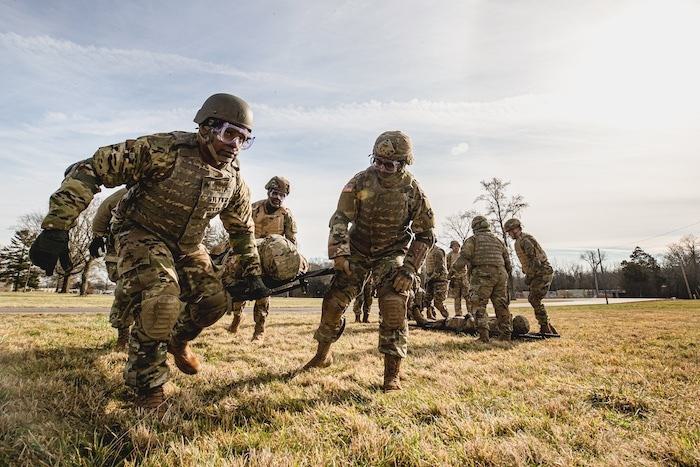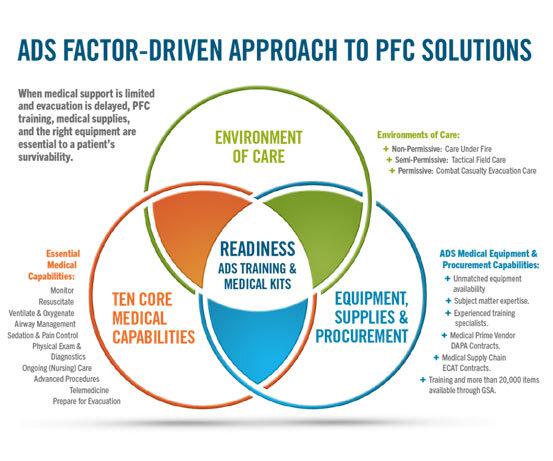THE CHALLENGE:
Gray Zone or hybrid conflict is a state of widespread conflict that has greater potential for low density of critical casualties dispersed across remote operating areas. In these areas, military medical support is less readily available and mechanisms of injury may be different.[1]
Early initiation of treatment and resuscitation improves outcomes. U.S. military combat medics may be deployed to environments requiring them to stabilize casualties for longer than an hour during a delayed medical evacuation.
Prolonged Field Care (PFC) is field medical care applied beyond doctrinal planning timelines that is sustained until the patient arrives at the next appropriate level of care.





















